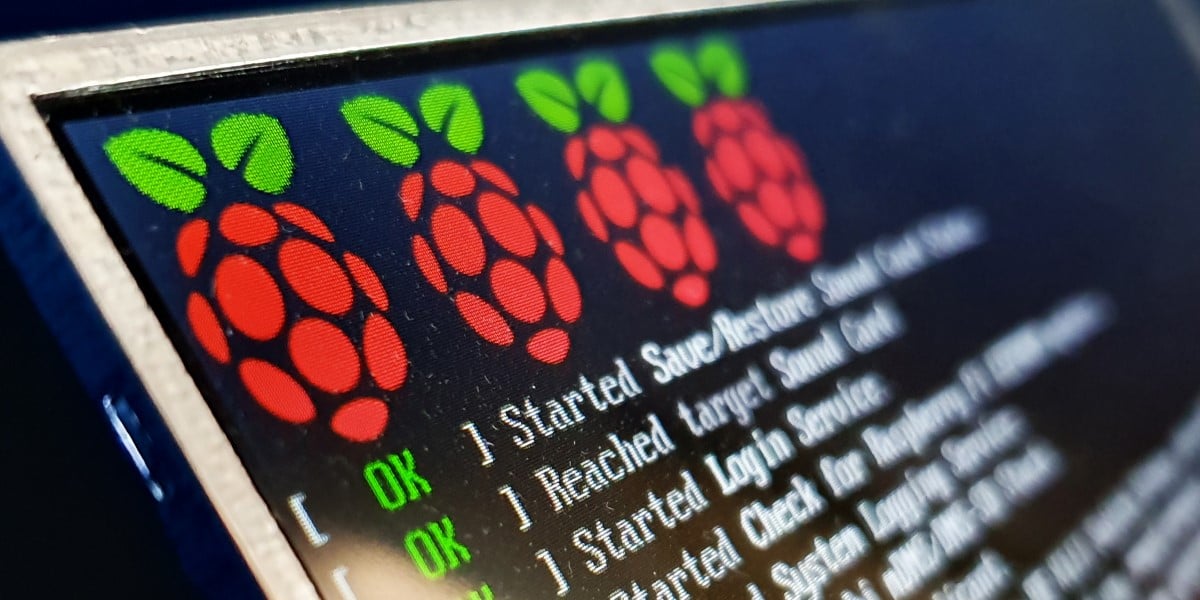Arm Grabs A Slice Of Raspberry Pi To Sweeten Relationship With IoT Devs

Arm Holdings has acquired a minority stake in the popular single-board computer maker Raspberry Pi in a bid to cement its influence over the IoT developer community.
"With the rapid growth of edge and endpoint AI applications, platforms like those from Raspberry Pi, built on Arm, are critical to driving the adoption of high-performance IoT devices globally by enabling developers to innovate faster and more easily," Paul Williamson, SVP of Arm's Internet of Things business group, explained in a canned statement.
While neither Arm nor Raspberry Pi disclosed the terms of the agreement, the two have a long standing relationship dating back to the board-maker's founding in 2008.
Originally designed to promote computer science skills and education, the credit-card-sized Arm computers have become a go-to for many hobbyists and tinkerers thanks to their low price and generally strong performance and efficiency.
Since 2012, the maker of the currently best-selling British computer has released a number of Raspberry Pi models in different form factors. Last month, it launched the Raspberry Pi 5, which brought several notable improvements – including a much faster quad-core 64-bit Arm Cortex-A76 processor running at 2.4GHz, better graphics and more robust I/O.
Over the past few years these devices have also become popular for use in industrial applications at the edge. As of 2020, more than half of all Raspberry Pi units were being deployed in industrial and commercial settings. This no doubt factored into Arm's decision to invest.
However, the number of Pis going to industrial and commercial buyers has also been somewhat controversial. Amid the COVID-19 pandemic and ensuing semiconductor shortage, getting your hands on a Pi at anything close to MSRP became a tricky prospect – especially with the manufacturer electing to prioritize its partners over hobbyists, educators, and tinkerers.
- Raspberry Pi 5 revealed, and it should satisfy your need for speed
- Raspberry Pi 5: Hot takes and cooler mistakes
- Microsoft starts offering advice in how to code for Arm
- Sorry Pat, but it's looking like Arm PCs are inevitable
Arm's investment in Raspberry Pi comes on the eve of RISC-V Summit, which is due to kick off next week in Santa Clara. The open RISC-V instruction set has spawned a variety of Raspberry Pi-style dev boards and captured a considerable amount of interest over the past few years.
RISC-V has been particularly popular in embedded and low-end applications, like storage controllers. More recently, Qualcomm has been talking up the RISC-V architecture amid a legal spat with Arm, and NASA has opted for a RISC-V core design developed by SiFive for its next space flight computer.
While Arm executives have repeatedly downplayed the threat of RISC-V to their business, the chip designer warned investors in its pre-IPO filing that "if RISC-V-related technology continues to be developed and market support for RISC-V increases, our customers may choose to utilize this free, open source architecture instead of our products." ®
From Chip War To Cloud War: The Next Frontier In Global Tech Competition
The global chip war, characterized by intense competition among nations and corporations for supremacy in semiconductor ... Read more
The High Stakes Of Tech Regulation: Security Risks And Market Dynamics
The influence of tech giants in the global economy continues to grow, raising crucial questions about how to balance sec... Read more
The Tyranny Of Instagram Interiors: Why It's Time To Break Free From Algorithm-Driven Aesthetics
Instagram has become a dominant force in shaping interior design trends, offering a seemingly endless stream of inspirat... Read more
The Data Crunch In AI: Strategies For Sustainability
Exploring solutions to the imminent exhaustion of internet data for AI training.As the artificial intelligence (AI) indu... Read more
Google Abandons Four-Year Effort To Remove Cookies From Chrome Browser
After four years of dedicated effort, Google has decided to abandon its plan to remove third-party cookies from its Chro... Read more
LinkedIn Embraces AI And Gamification To Drive User Engagement And Revenue
In an effort to tackle slowing revenue growth and enhance user engagement, LinkedIn is turning to artificial intelligenc... Read more

